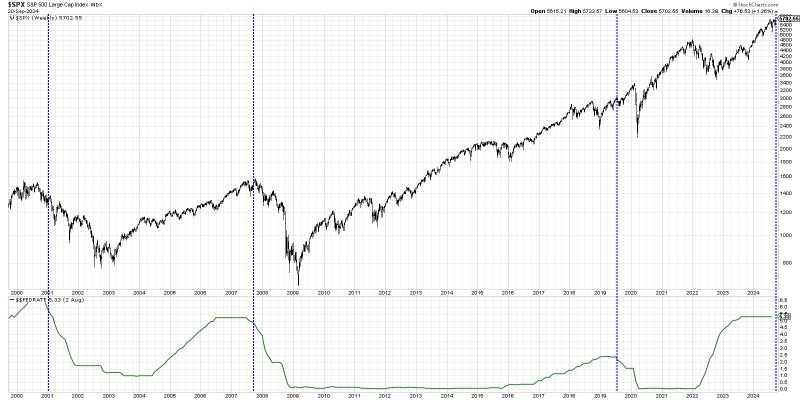In a study conducted by the Federal Reserve Bank of New York, researchers analyzed how rate cuts impact stock performance. The findings of the study shed light on the intricate relationship between rate cuts and the stock market, providing valuable insights for investors and analysts alike.
The study revealed that while rate cuts generally lead to an initial boost in stock prices, the long-term effects can vary depending on the economic conditions and market sentiment. In the short term, rate cuts tend to have a positive impact on stock performance, as they signal the central bank’s commitment to supporting economic growth and stimulating market activity.
However, the study also highlighted that the effects of rate cuts on stock performance are not uniform across all sectors and industries. Certain sectors, such as financials and utilities, tend to benefit more from rate cuts due to their sensitivity to interest rate changes. On the other hand, sectors like technology and healthcare may not experience the same level of boost from rate cuts.
Moreover, the study emphasized the importance of considering broader economic factors when analyzing the impact of rate cuts on stock performance. Factors such as inflation, employment trends, and global economic conditions can all influence how rate cuts are perceived by investors and how they ultimately impact stock prices.
Overall, the study underscores the need for investors to adopt a holistic approach when assessing the impact of rate cuts on stock performance. By considering a range of factors and staying informed about economic developments, investors can make more informed decisions and navigate market volatility more effectively in response to rate cuts.
In conclusion, while rate cuts can have a positive impact on stock performance in the short term, the long-term effects are influenced by a complex interplay of economic factors and market dynamics. By keeping a close eye on these factors and staying abreast of market trends, investors can better position themselves to capitalize on opportunities and mitigate risks in an ever-changing market environment.

